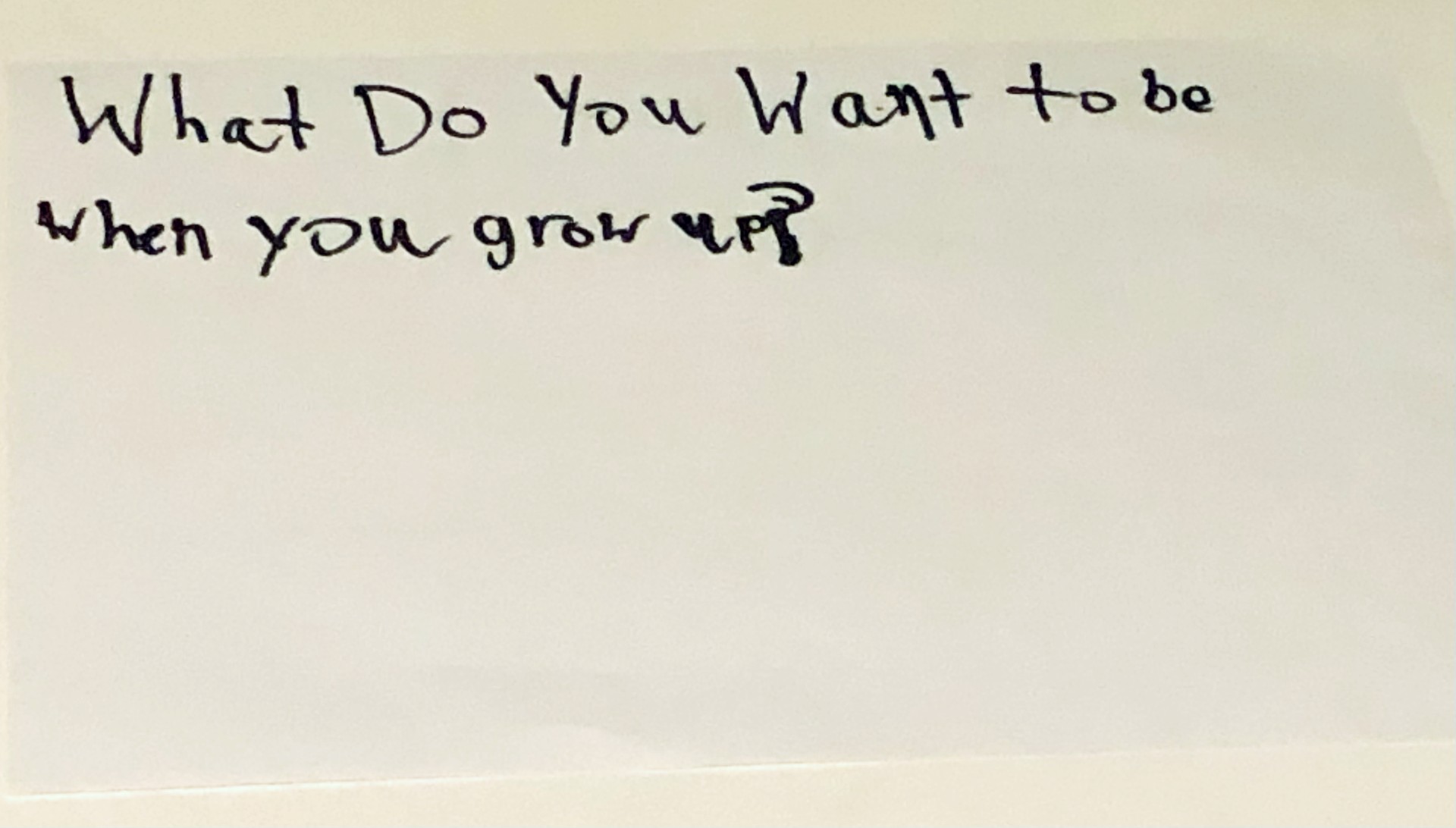Fresh from training and back to back meetings, Dante Mastrogiuseppe is a man with a plan. Just on the cusp of graduating from York, he is already moving onto the next chapter of his life — going pro as a kicker/punter.
Sure, on paper, he is a graduating student-athlete, and is about to enter adulthood like the rest of us. Yet, sitting down with him for an interview, you cannot help but feel that you are operating in different realities. His days are filled with training sessions, strategic meetings, resting, and studying when he can.
To understand his relentless pursuit for football, perhaps there is a need to go back to where it started. So, let’s rewind a bit back to Mastrogiuseppe’s earliest memory of football. A different smile takes over him as he recalls his eight-year-old self, for whom football was just a way to ‘safely’ throw down with his brother.
“My dad made us wear shoulder pads for protection and then let us go at it.”
Backyard football at its finest. Without the frills, the pressure and the blinding lights. Just like all great loves, Mastrogiuseppe and football took their time.
“The eight-year-old me would not have imagined my life. But the 10-year-old me definitely did.”
Now make no mistake, for these athletes their sport is not just a job, it is a love — you don’t spend 40 hours a week pushing your body to its limit just to ‘feed the corporate machine’.
While many are familiar with the good ol’ college triangle (good grades, social life, and enough sleep: pick two of the three), few are acquainted with the hidden costs of becoming an athlete. Football camps, gear, nutrition, gym memberships, personal trainers — it adds up.
“I am privileged enough to have a family who supports me. But to me it boils down to one thing: am I going to actually use it or not?”
Mastrogiuseppe views his expenses as investments, and naturally expects a return. Maybe that is why Lebron James and Tom Brady are rumoured to have spent $1 million each a year on their bodies.
But for many, these expenses are a gamble — a Vegas-esque scheme where sometimes the odds are not in your favour.
Living in the digital age, it is hard not to see yourself as a mere commodity, whose value can be quantified into likes and views. Social media has made and torn up countless careers, and football is not immune to this.
Even though Mastrogiuseppe acknowledges this reality, he is not fazed. Citing the nature of the beast, he believes that peacocking on Instagram means nothing if you cannot perform on the days it counts.
If you were to check out the 105th and 108th Grey Cup Champion and York alumnus, Chris Kolankowski, on Instagram (as one does), you will see a picture of him drinking out of the Grey Cup.
What you will not see though is his struggle. There will be no mention of how the Argonauts dropped him three weeks before training camp and how he went into his year of free agency during the pandemic.
Reflecting back on his rather decorated career thus far, Kolankowski finds his journey to becoming a part of the Winnipeg Blue Bombers and winning the 108th Grey Cup more special than the game (against the Hamilton Tigers) itself.
“For me, this was just another football game, but the journey was a little harder. The first Grey Cup I won, I was straight out of York to the Argos. However, then two years were spent in free agency and then the Bombers signed me.”
During these two years, Kolankowski started working at a factory and eventually worked his way up to a leadership position. Joining the workforce allowed him to pay for the cost of keeping up with his training and maintaining his athleticism.
“People do not understand how hard it is to remain in shape as a linebacker. You are constantly having meals and then working out to burn those calories.”
Now, it might be hard to understand how this is a challenge. However, when Kolankowski talks about meals, he is not talking about an all-you-can-eat buffet. He is talking about simple protein, plain rice, and raw vegetables.
“There are so many camps and performance coaches who will advertise themselves as the best in the business. And they will charge you accordingly. But you show up, and everything is all over the place. The service they end up delivering is not what they promised.”
But if it is so difficult being an athlete, then why do they do it?
“During my free agency, I did question myself. I mean, I was training and working hard for a sport that was not doing anything for me financially. I knew I could get a job that would pay better.”
Through these moments of doubt, Kolankowski’s family supported him. And that was the turning point for him. His mother still has the note that his 11-year-old self wrote when asked what he wanted to be when he grew up — a football player.
And lo and behold, not only does Kolankowski have two Grey Cups under his belt, he also has a contract extension with the Bombers.
Yet, when asked what his five-year plan is, without hesitation, Kolankowski replies, “A manager at an operations facility.” Because in his own words, “Football is a young man’s game.”


